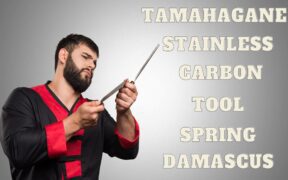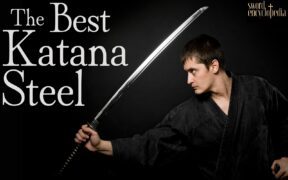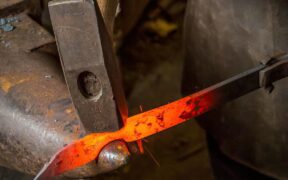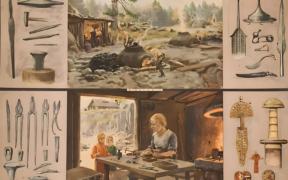Carbon Steel vs Stainless Steel Swords: Which is Preferred One?
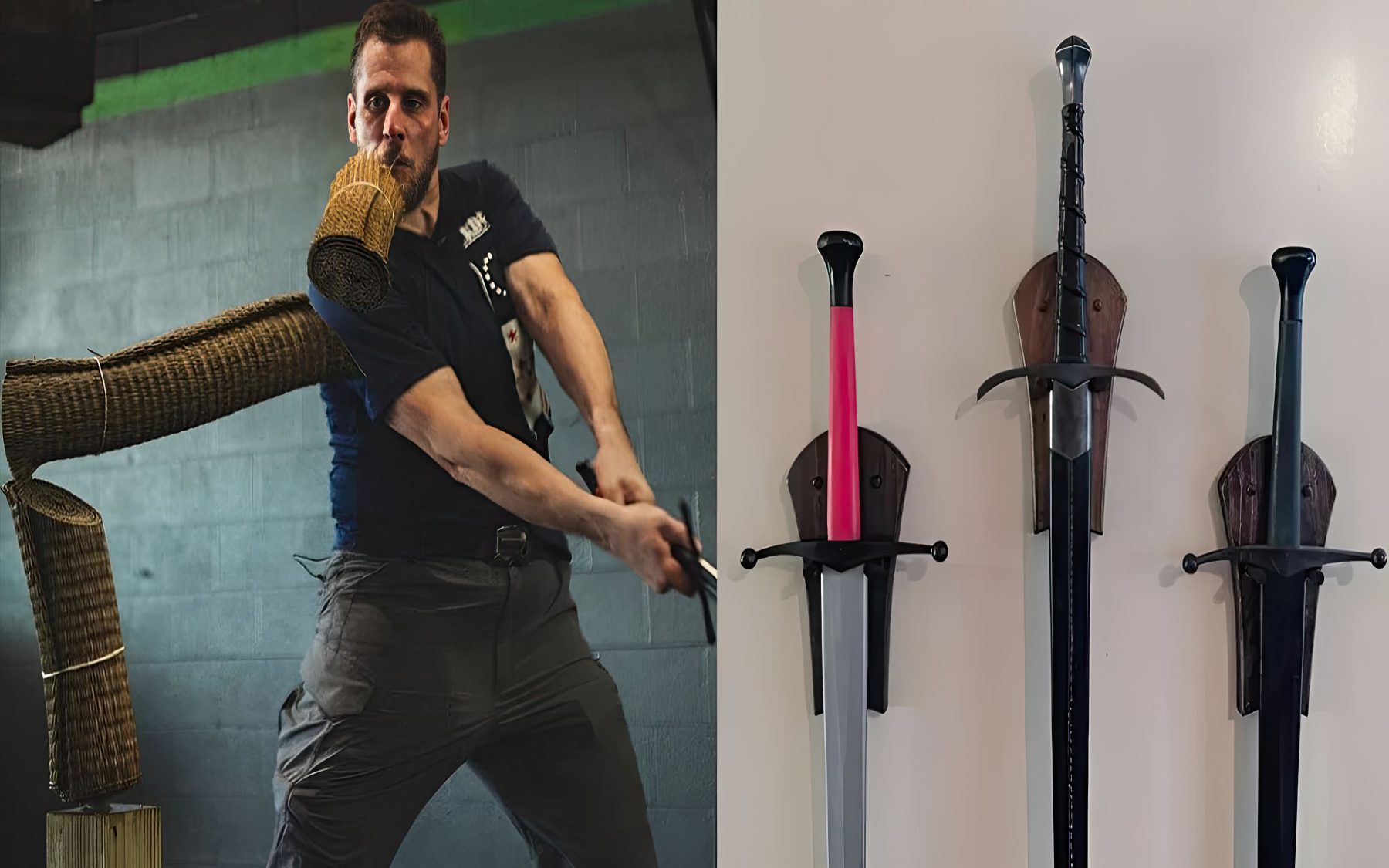
Carbon steel and stainless steel are the most popular choices for swords as they differ greatly and offer unique functionalities. They are both viable blade steel options depending on whether their owner wants to hone their cutting practice skills or simply display them for viewing pleasure.
This article will separate carbon and stainless steel swords based on their functions and characteristics. We will start with their different elements and composition to better understand them. Then, we will explore their ideal functions and give our opinion on the better steel for swords.
Sword Steel Elements and Basics
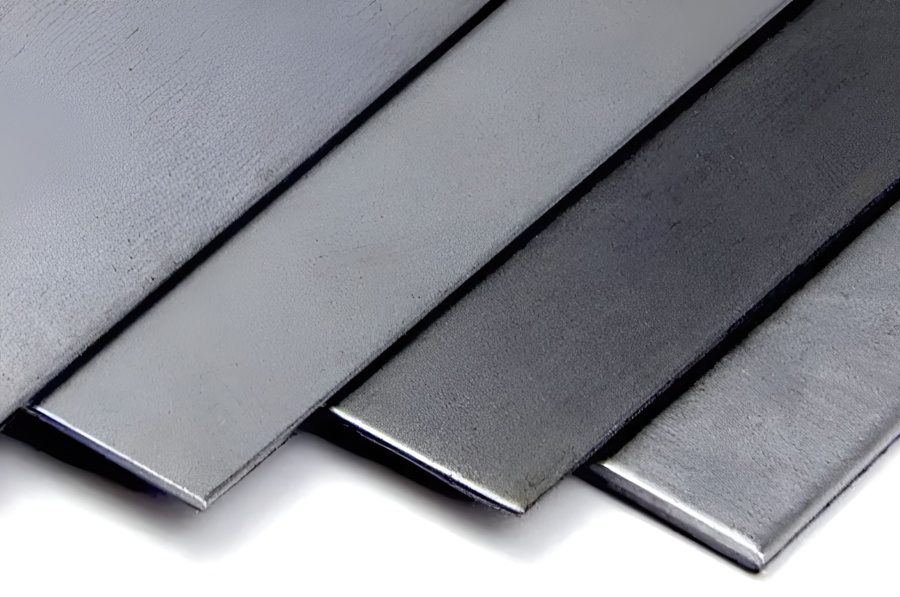
The most ideal type of metal used for a sword blade is steel. However, it can come in various types that will ultimately result in the sword having different properties and functions. The biggest factor that will truly determine the function of a sword is the metal and its composition, which can vary in elements such as carbon, manganese, chromium, silicon, nickel, molybdenum, and vanadium.
Steels vary from each other and can create different swords altogether. Some of the most popular blade steels today are high-carbon and stainless steel, which are a direct contrast.
Carbon Steel Blades
Carbon steel, or high carbon steel, is the most popular steel used for blades that can make them functional for cutting practice. These blades have a higher concentration of carbon composition in their steel, usually ranging from 0.4% to 1%, as any lower wouldn’t harden as well. Carbon is more prone to rusting, and the more carbon, the more maintenance the blade will require.
Carbon steel is also very good for hardening and tempering just enough so the blade will be flexible and tough enough for cutting practice. This makes carbon steel swords both “battle-ready” and blades used for cutting tests.
Its carbon composition can be alloyed with different elements, giving the steel greater and more varied functionalities. Alloy steels, such as spring steel or tool steel, are some of the more advanced types of carbon blade metals that achieve the highest amount of edge retention and flexibility, making them able to withstand abusive cutting tests.










Stainless Steel Blades
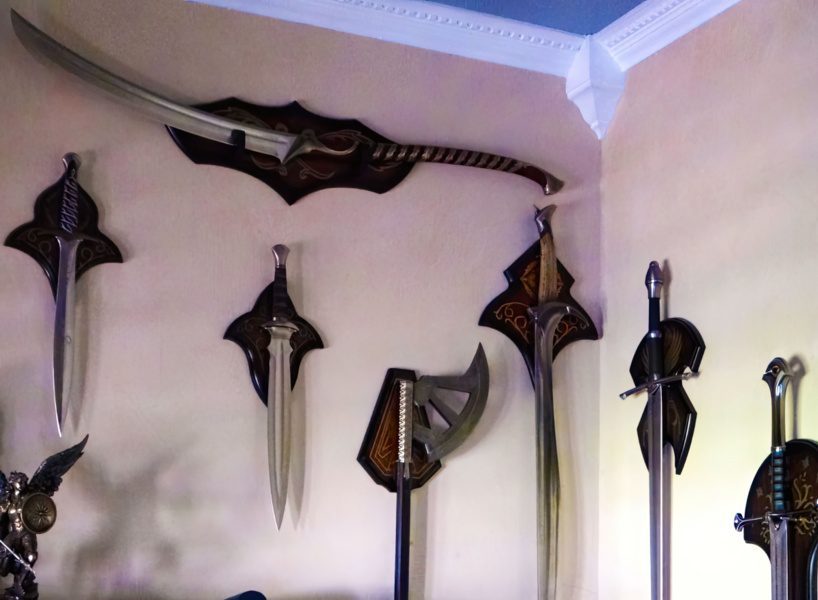

Stainless steel has a very high chromium composition, which is different from carbon steel. This element usually ranges from around 11-12% and higher. The chromium element makes the blade rigid and perfect for manufacturing shorter kitchen knives. When this amount of chromium is applied to a blade larger than 12 inches (30 cm), the grain boundary between it and the other steel elements begins to weaken, creating stress points that can cause it to break more easily.
It is important to note that stainless steel is more prone to breakage than bending, as carbon steel will do. It isn’t as hard as carbon steel, and while it can fashion a sharpened edge, its retention will be much weaker than a carbon steel blade.
However, the high amount of chromium reacts with oxygen and creates a passive layer on the steel that better protects it from rusting and corrosion. The higher the chromium, the higher the resistance and the less maintenance needed. Although not as much as carbon steel, stainless steel requires regular maintenance.












Superior Function – Carbon Steel
| Advantages | Disadvantages |
|---|---|
| Functional sword usable for cutting practice | More prone to rust and corrosion |
| Ideal for achieving various sharpness levels with great edge retention | Requires more maintenance and management care |
If a sword will be used for cutting practice on targets ranging from water bottles to tameshigiri tatami mats, then a carbon steel blade is the ideal option. Regardless of the sword type, carbon steel is preferred for a blade that will function in much the same way as its predecessors did.
Carbon steel blades can be alloyed and more versatile in their functionalities. Some of the most popular traditional carbon steels are 1045, 1060, 1075, and 1090. The alloyed carbon models, such as spring steel, are 5160 and 9260 and excel in flexibility, while carbon tool steel, such as T10 and L6 variants, are some of the most durable and can withstand rigid cutting practice.
Carbon steel blades are ideal for function but can also be used as decoration. These blade types will require maintenance and should be kept inside their wooden scabbards for protection.
Superior Decoration – Stainless Steel
| Advantages | Disadvantages |
|---|---|
| Higher rust and corrosion resistance | Too brittle and rigid to be used functionally |
| Easier maintenance and management | Easily sharpened but poor edge retention |
A stainless steel blade is the best option if a sword is displayed for its aesthetic qualities rather than used for cutting practice. These swords are perfect as wall hangers and have greater longevity and protection from rust-causing elements, such as humidity.
Stainless steel swords can be sharpened and used for light-cutting practice, but it isn’t advisable as they break easily, which can lead to injury. They can be displayed with their blades open and outside their scabbards. They don’t require as much maintenance and are relatively easy to manage.
Some stainless steel swords are used for blade swinging practice, such as Japanese Iaito blades usable for Iaido. Aside from their original swords, they can vary in weight, but unsharpened stainless steel blades are preferred for larping and cosplay.
Which is Ideal for Swords?
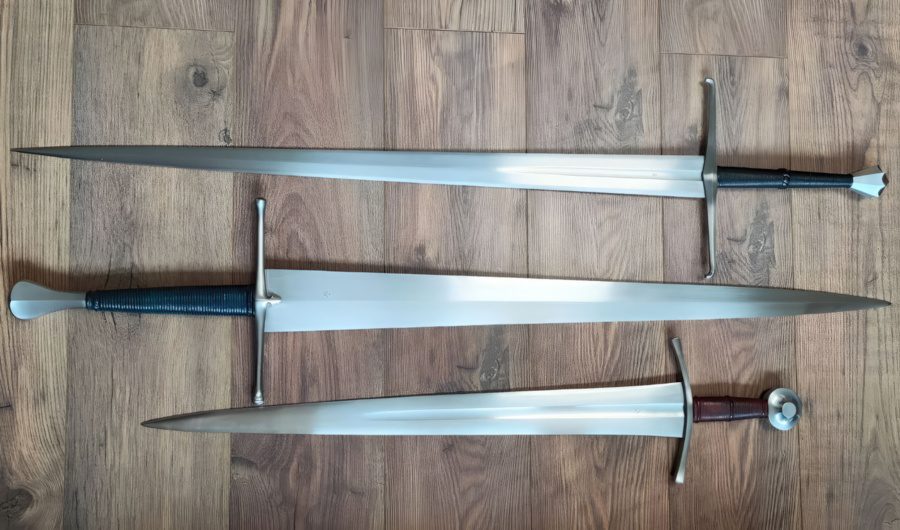

Depending on the previously mentioned functionalities of the two metals, the better steel is what is more suitable for you, whether you enjoy cutting practice and want to experience the deadliness of your sword on light to hard cutting targets or you desire a purely decorative sword to display with its blade open. The latter requires maintenance and is effortless to manage.
In our opinion, however, carbon steel is optimal for swords. It is a functional steel that will give life to your sword and make it viable for various cutting practices. It can be considered a real sword and called as such because it can perform its intended purpose rather than being only a display piece. Depending on its owner, the blade can be sharpened to a satisfying level, and with the right maintenance, its longevity far surpasses stainless steel.
The maintenance required for a blade depends on the amount of carbon inside. Sword maintenance is relatively easy and may take as little as three hours a month to fully replenish and take care of your carbon steel sword, depending on its usage.
